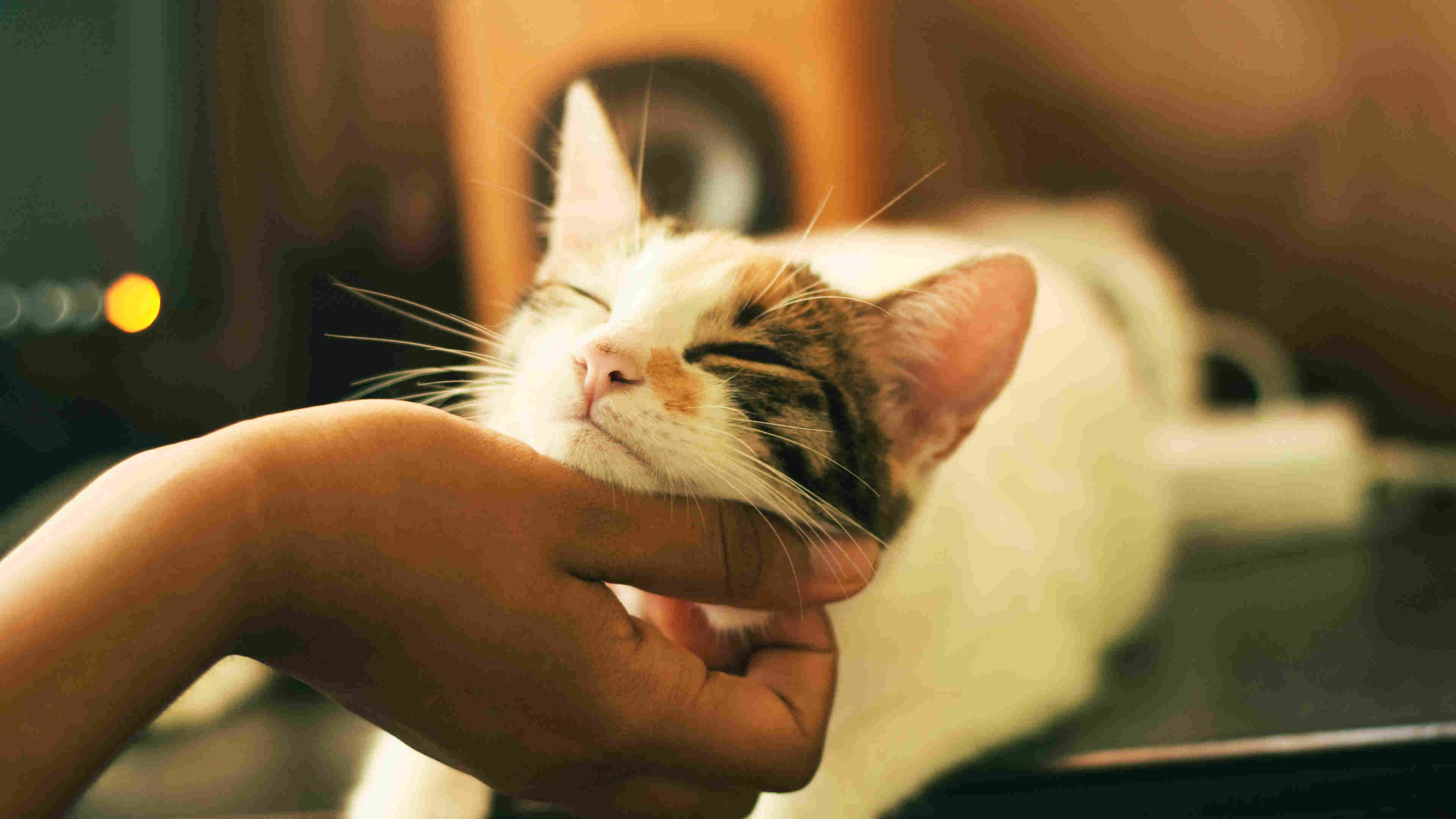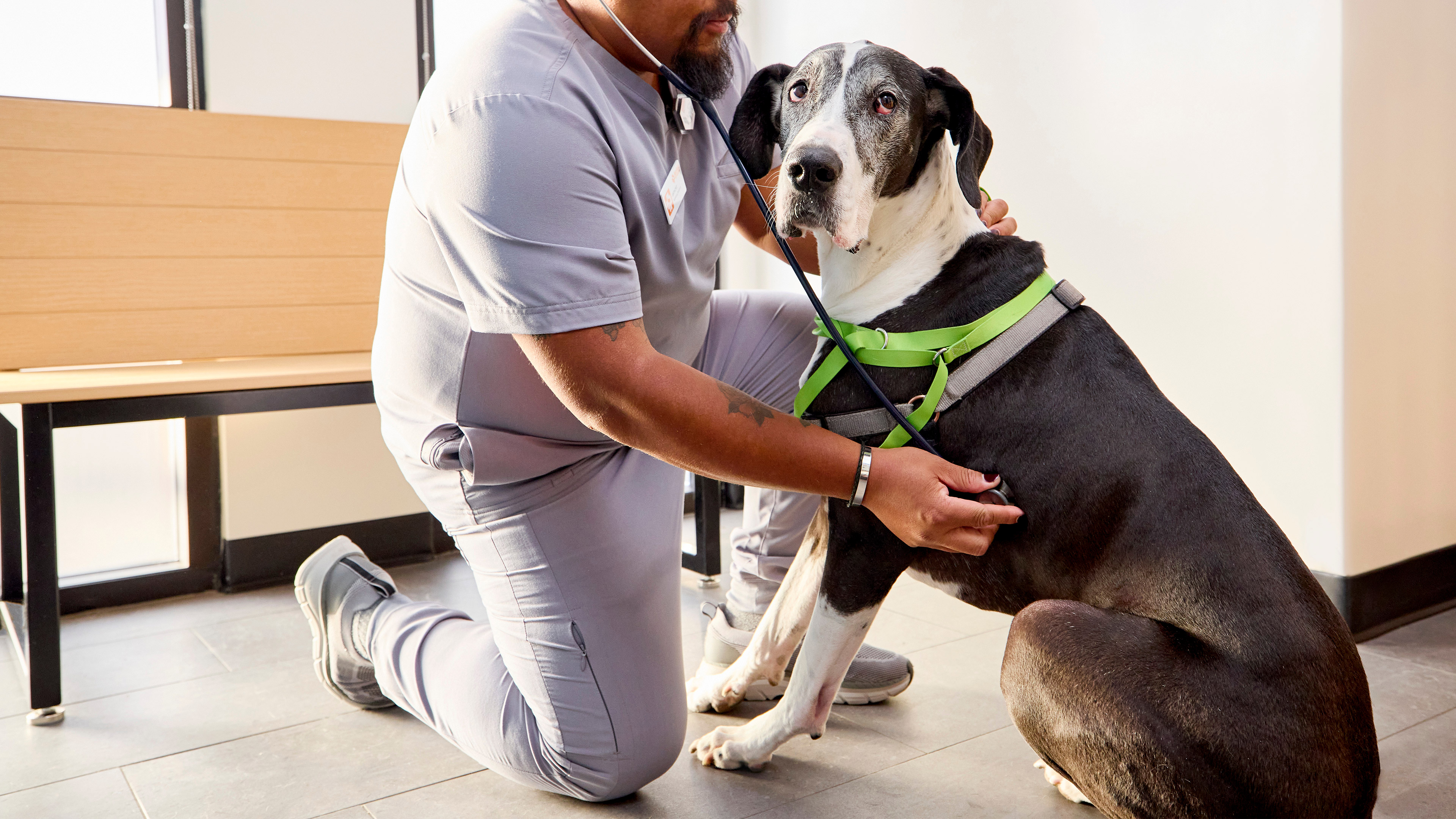osteoarthritis and your cat
Here’s how to know the signs, causes, and how to help your furry friend.
Signs and causes of osteoarthritis
How and why a cat develops OA can vary. Obesity is a common cause, but so are a cat’s structural frame and joint development. Past injuries and surgeries can also play a role in OA. If you’re concerned that your cat may have OA, here are a few things to look out for:
- Trouble getting up or down, particularly on and off furniture or up and down stairs
- Stiff joints and stiff walking, especially on stairs
- Not wanting to be touched in certain areas
- Limping or lameness
- Not cleaning themselves as thoroughly (it can be difficult to get to those hard-to-reach areas)
Booking an appointment with your Banfield veterinarian sooner than later is important. OA is a progressive disease and can cause pain and discomfort for your furry one. Thankfully there are several ways to offer support.
 Mites and mange
Mites and mange Podcast - Not Just Fluff
Podcast - Not Just Fluff











